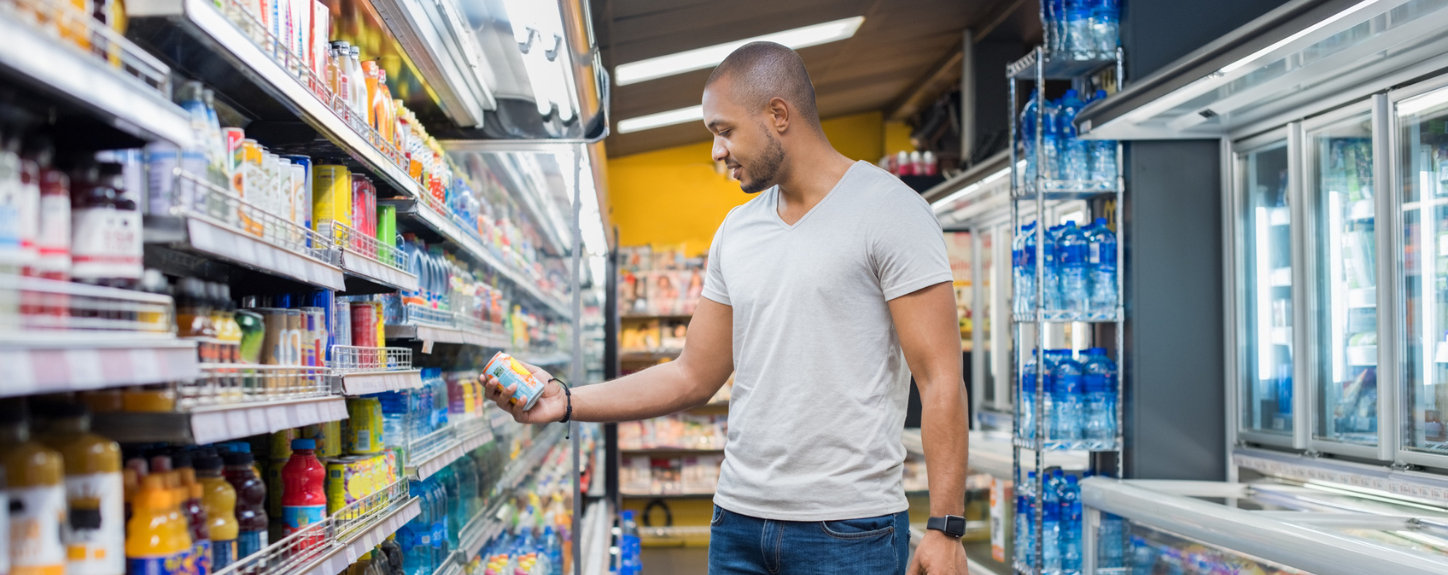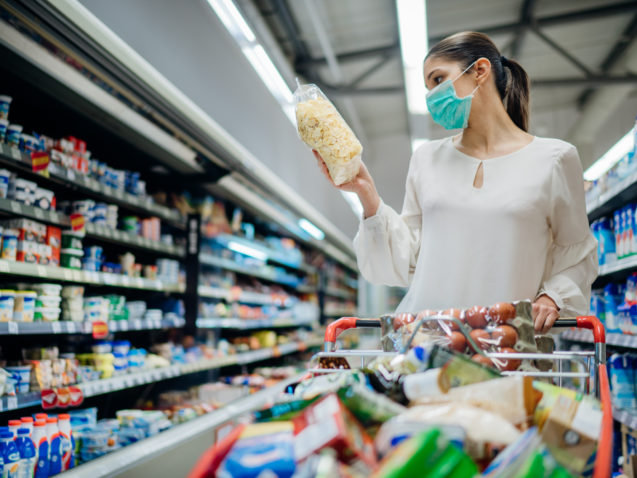What’s the first place you would look to find out the nutrient composition of a food or drink product? How about its ingredients? When will it expire?
Almost everyone knows that labels on the back of food and drink products can tell us a lot about them, from their ingredients and nutritional composition, to other details like the storage and use. But can we all in good conscious say that we rigorously check the label for every product that we buy? Probably not. And what’s more, do the labels (and what’s on them) change our eating habits?
It begs the question, how can we design food and drink packaging in such a way to include all the information that the consumer wants to know, in a way that they can both legibly read and understand, whilst maintaining the freedom to market and brand your products in an appealing and competitive way? And how can society influence healthier and more sustainable consumer habits?
Food and drink manufacturers, governments, and researchers are looking at new ways to inform consumers about the food and drink that we buy, cook, and consume. Balancing these competing demands is the crux of the issue.
The European Commission will soon propose a revision of the EU rules on food information to consumers. The revision is expected to focus on some specific aspects of food labelling: front-of-pack nutrition labelling, nutrient profiles for health and nutrition claims, country-of-origin labelling, date marking, and labelling of alcoholic beverages. These have been identified by the European Commission’s Farm to Fork Strategy as some of the tools needed to empower consumers to make informed, healthy, and sustainable food choices.
However, as it stands, there is a significant untapped potential in the Food Information to Consumers Regulation, which could facilitate the shift towards healthier and more sustainable diets. For instance, more consumer-friendly labelling of salt alternatives (e.g., “potassium salt” instead of “potassium chloride”) may help consumers understand new reformulated recipes and make it simpler for people to reduce salt intake in their diets. Likewise with “iodised salt”. These are just some examples where much more could be done with current legislation to steer consumption patterns on a more nutritious path.
And what about digital labelling? Putting the sole emphasis on physical food labels is not suitable for 21st century food systems. Digital information (accessed by near-field technology, like a QR code) has the potential to provide product information in a targeted and personalised way, boosting accessibility options and reducing packaging waste, another goal of the Farm to Fork Strategy.
Today, Europe’s food and drink manufacturers provide a wealth of information about their products, often going beyond mandatory information requirements – about the ingredients, nutritional value, portion recommendations, cooking and storing instructions, tips to avoid food waste, and much more. Complementary to information on the label, the possibilities of alternative information channels are endless and have the potential to improve consumers’ access to more detailed information about their favourite products, if they are interested in it.
FoodDrinkEurope’s members want to improve the provision of clear, factual, and relevant food information and encourage more sustainable and healthy diets, in line with the objectives of the EU Farm to Fork Strategy.
But consumer information is not the silver bullet to improving our diets.
Labelling and consumer information must be part of a comprehensive approach that should include pan-European education campaigns about nutrition and sustainable lifestyles, which allows people to take informed responsibility over the choices they make.
Only by working across civil society and across value chains, towards this common goal, EU Institutions, Member States and industry can help shift people towards healthier and more sustainable diets and lifestyles.




